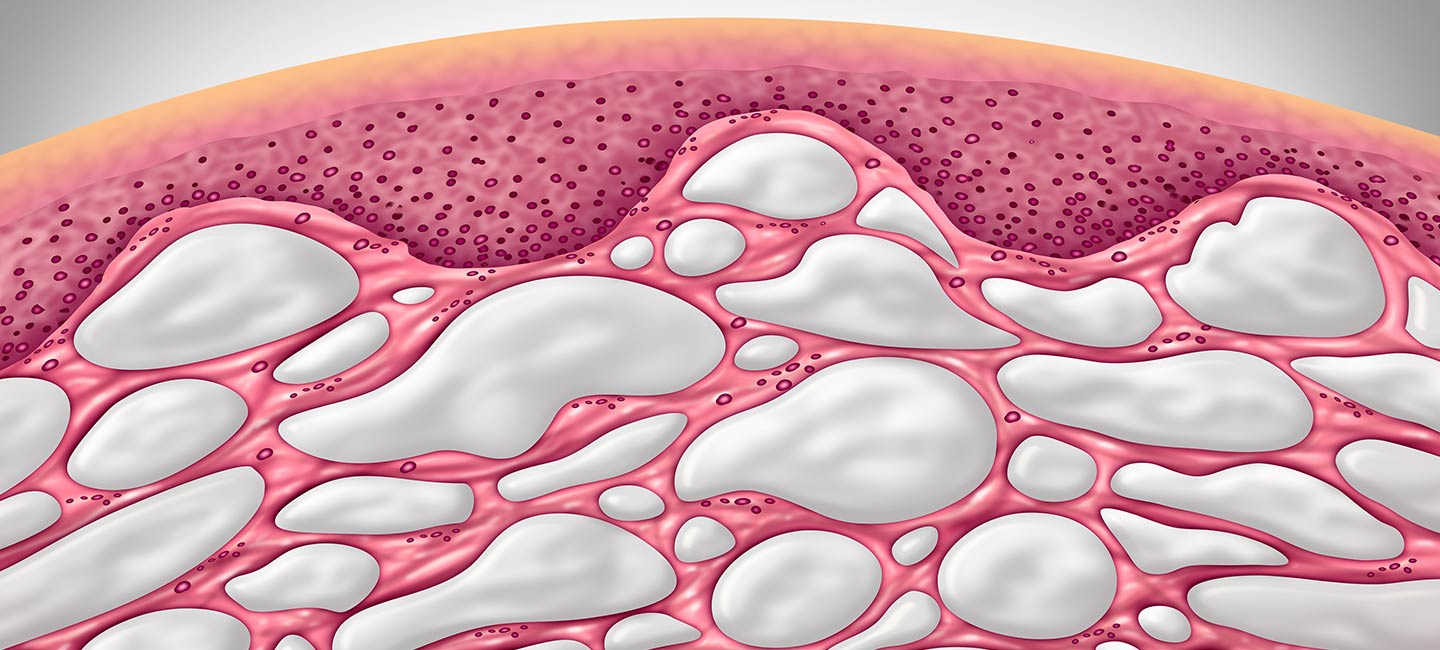'New Organ' Could Be New Target for Cancer Research
Recent reports touting the discovery of a newfound "organ" in the human body have led to some scientific debate on whether it’s really an organ. Regardless of how anatomists eventually classify the discovery, one Moffitt researcher says it will provide a new avenue for research of how cancer spreads in the body.
A study published March 27 in the journal Scientific Reports detailed a network of widespread, fluid-filled spaces within and between tissues throughout the body. Researchers at New York University School of Medicine dubbed it a new organ called the interstitium, from the Latin term meaning “to stand between.” They described it as a system that serves as an interface between the blood-transporting vascular system and the lymphatic system that collects and carries a colorless fluid called lymph throughout the body to fight infection and get rid of toxins and waste. In a press release, the researchers also theorize that it may serve as a shock absorber around organs that “squeeze, pump and pulse as part of daily function.”

Dr. Anthony Magliocco
On some level, said Dr. Anthony Magliocco, chair of Moffitt’s Department of Anatomic Pathology, "we’ve always known this exists; this interstitial fluid space that allows fluid to move from blood vessels into the lymphatic system. We now have the tools to be able to visualize the structure." Recent technological advances allow physicians and researchers to examine live tissue at a microscopic level inside the body – not resected and fixed as microscopic samples devoid of the fluid that keeps the interstitium’s lattice-work structure from collapsing into a crinkled-looking mass.
"These spaces could be very important in determining why different cancers are spread in different ways," observed Dr. Magliocco. Some cancers spread through the lymphatic system to lymph nodes. Others are known to spread through the blood system to unrelated organs like the lungs or other body tissues. The interstitium might be a crucial transfer point for cancer cells.
And that, said Dr. Magliocco, could lend itself to future study.
"Do some cancer cells get into this space? Is there an opportunity for a therapy to stop cancer cells from spreading into those spaces? The more we know about the structure of cancer at a cellular level, the better," Dr. Magliocco said. "How cancer cells interact with normal cells is really important for us to understand how cancer grows and spreads."
He added that the interstitium’s collapsible structure may challenge researchers and pathologists to find new ways to prepare and preserve tissue samples for investigation. More work needs to be done on the experimental side, he said, before any impacts are seen on clinical care.
"The message is that cancer is tremendously complicated, but this is another opportunity to learn more about how cancer interacts with the body’s normal cells. It’s a different avenue of understanding how cancer spreads that could be very important."


